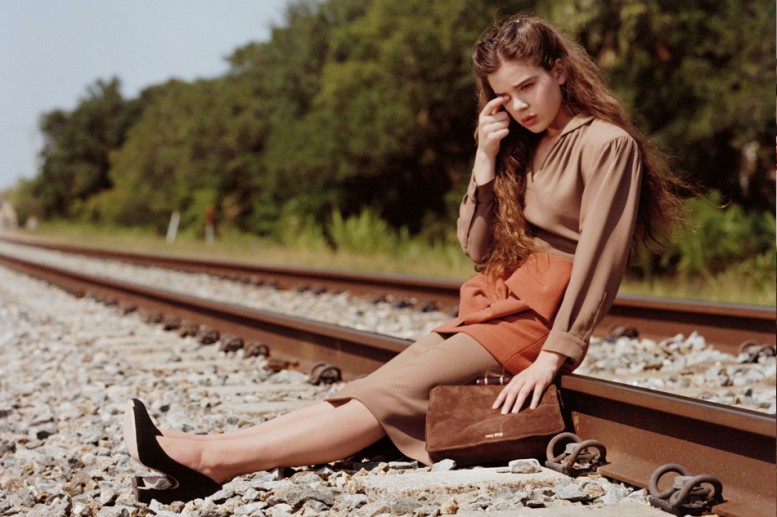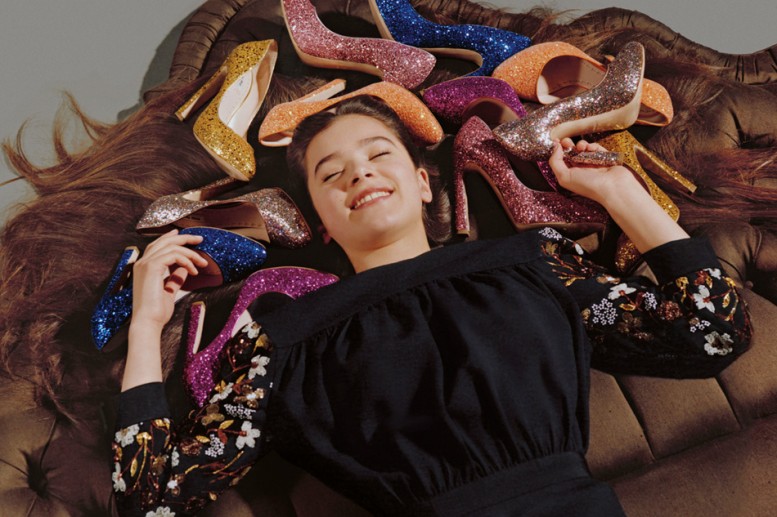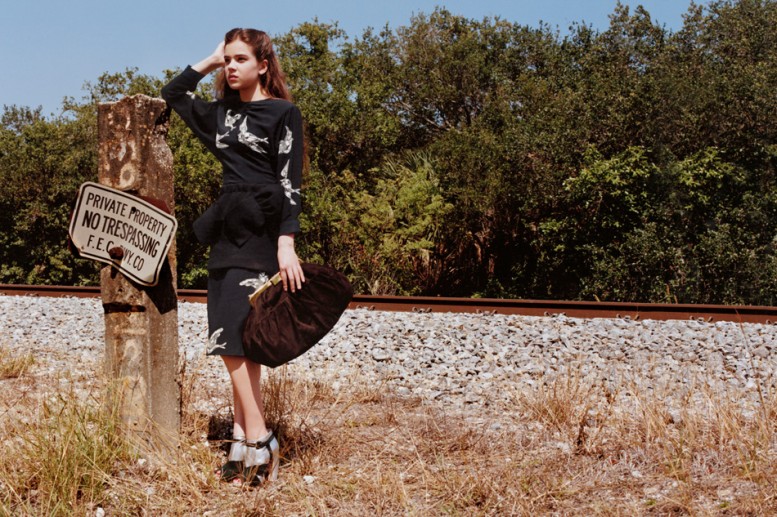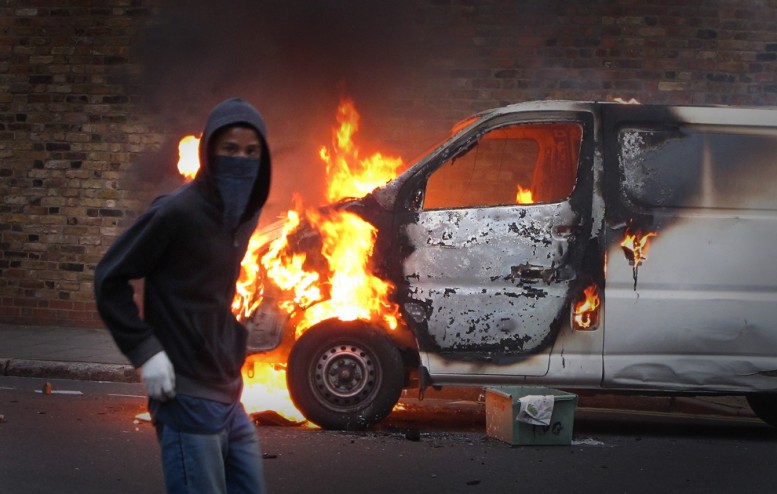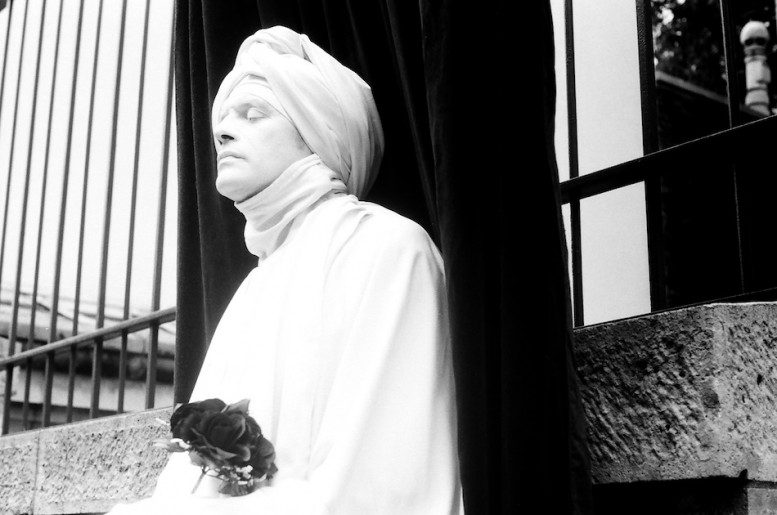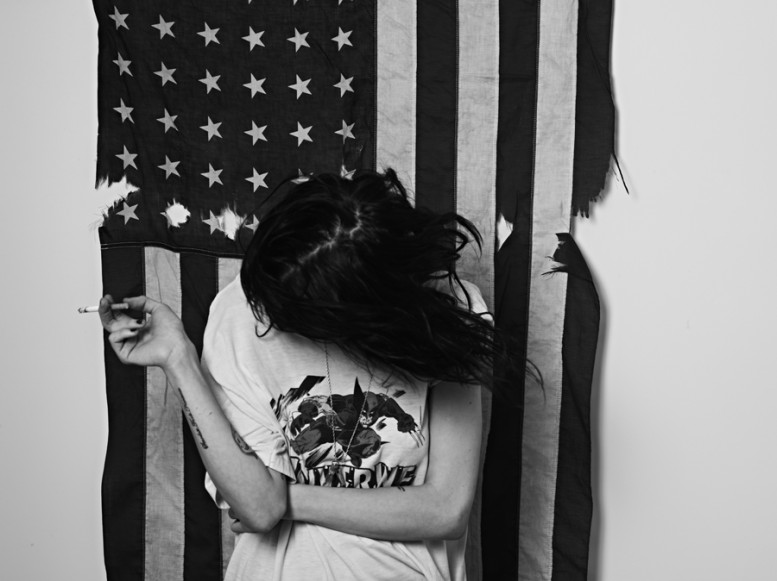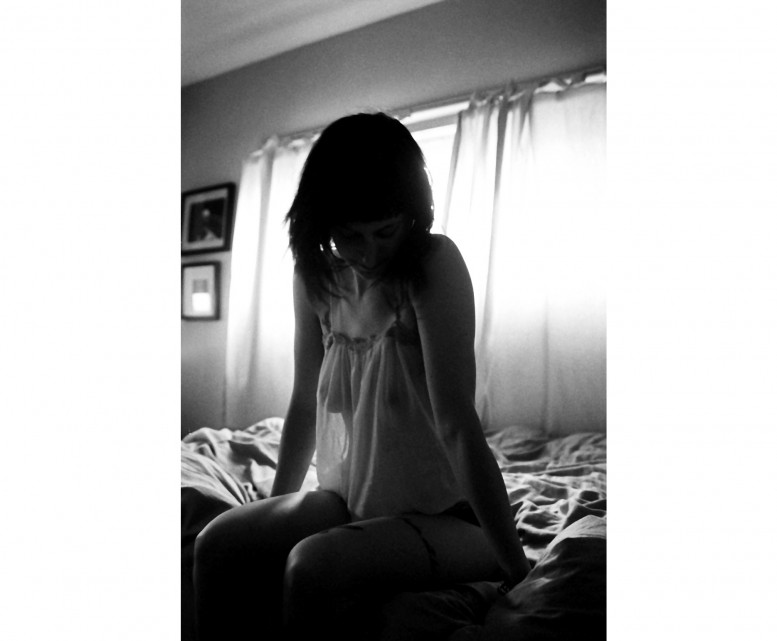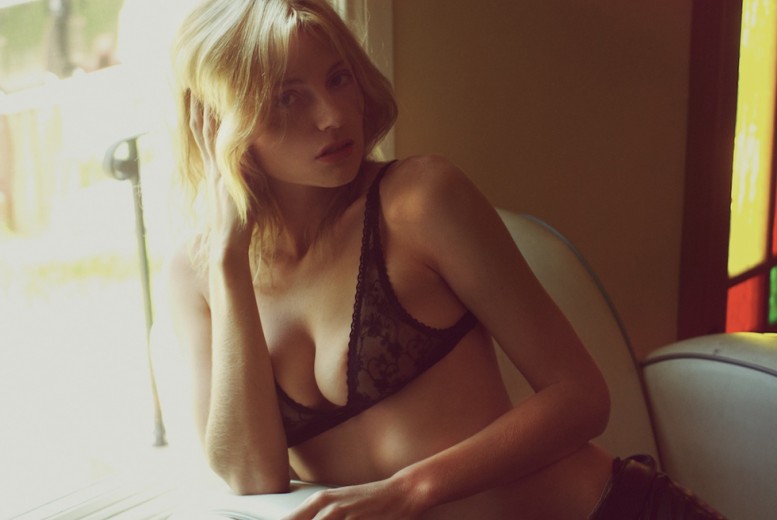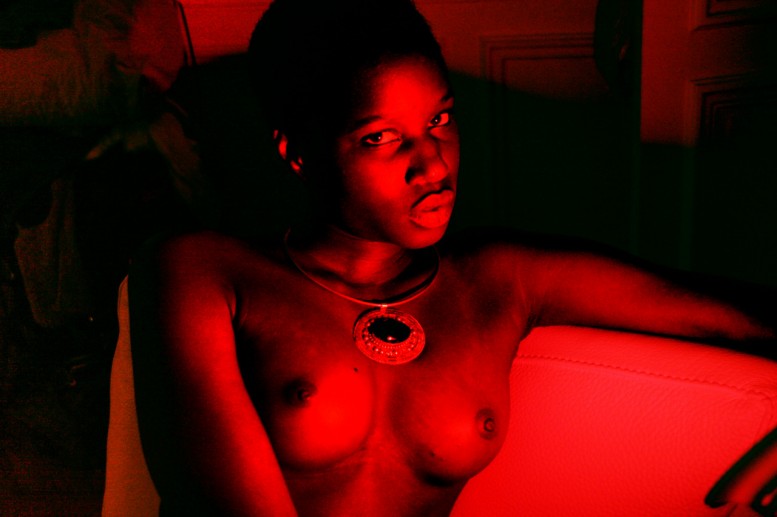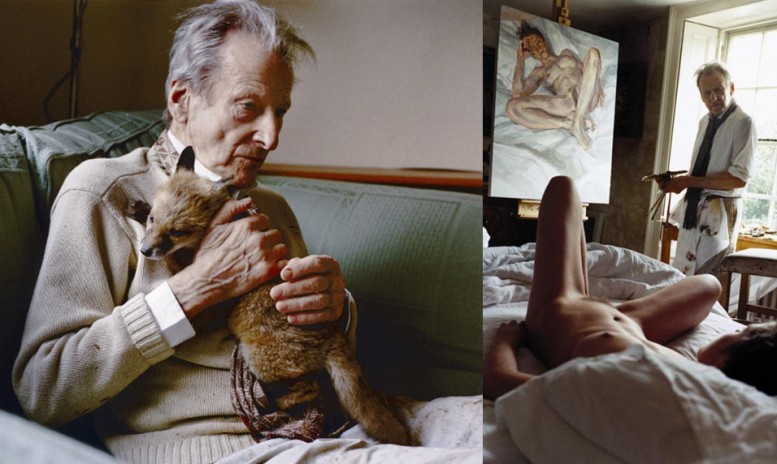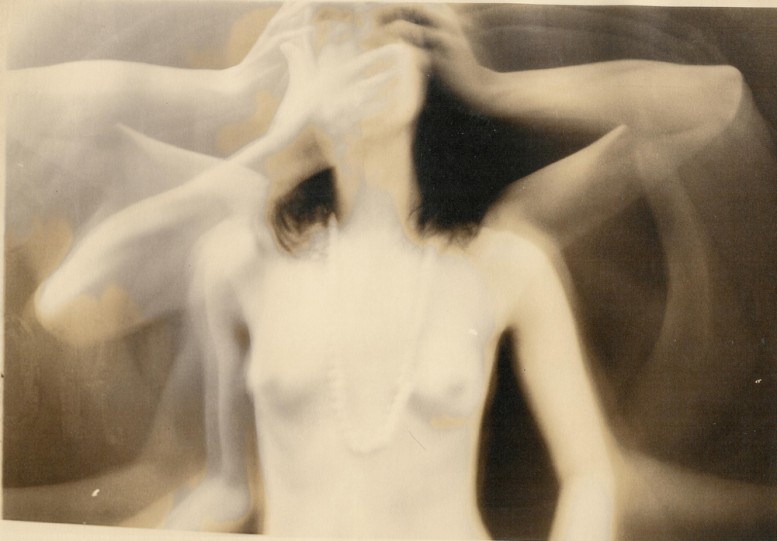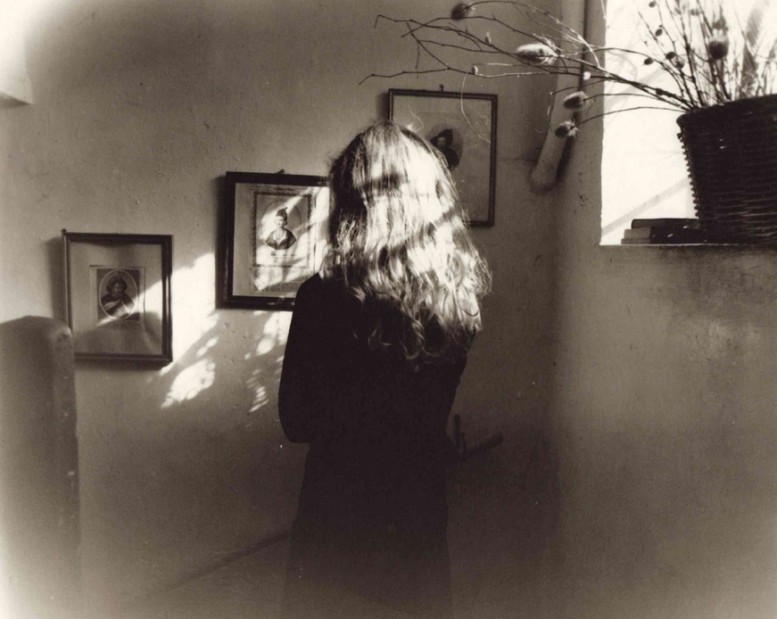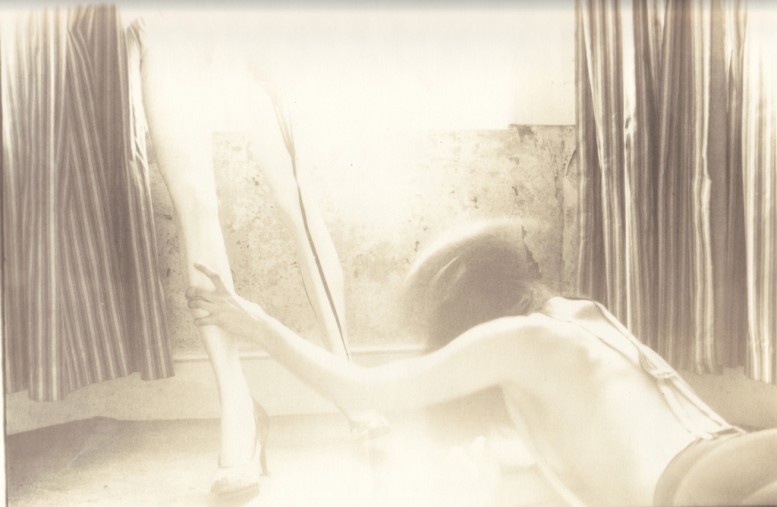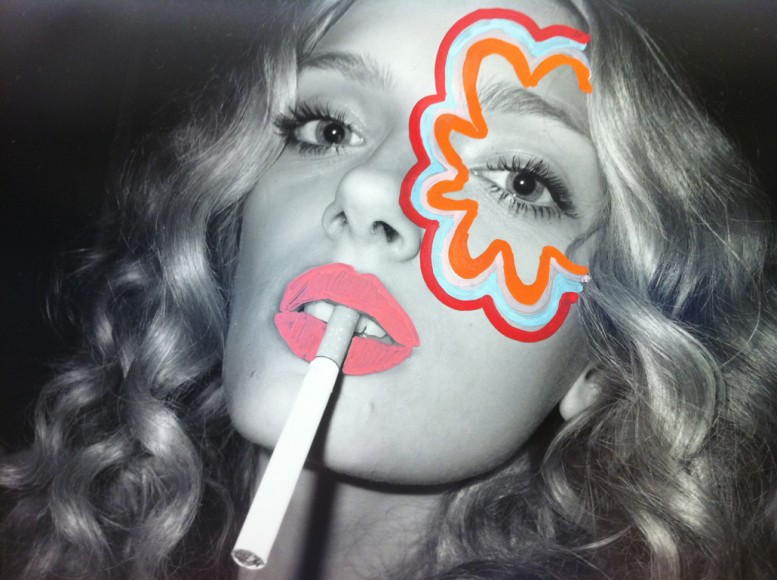Blow Up
WAR IS OVER, IF YOU WANT IT
A boy sits amid the ruins of a London bookshop following an air raid on October 8, 1940, reading a book titled "The History of London." (AP Photo) From Alan Taylor's photo retrospective entitled World War II in Photos presented in 20 parts on the Atlantic's web platform. "World War II is the story of the 20th Century. The war officially lasted from 1939 until 1945, but the causes of the conflict and its horrible aftermath reverberated for decades in either direction. While feats of bravery and technological breakthroughs still inspire awe today, the majority of the war was dominated by unimaginable misery and destruction. In the late 1930s, the world's population was approximately 2 billion. In less than a decade, the war between the nations of the Axis Powers and the Allies resulted in some 80 million deaths -- killing off about 4 percent of the whole world." [site]
Anarchy in the UK
Mime at Sacre Coeur – Paris
Photography by Adarsha Benjamin
The New Hieroglyphic Language of Light and Time
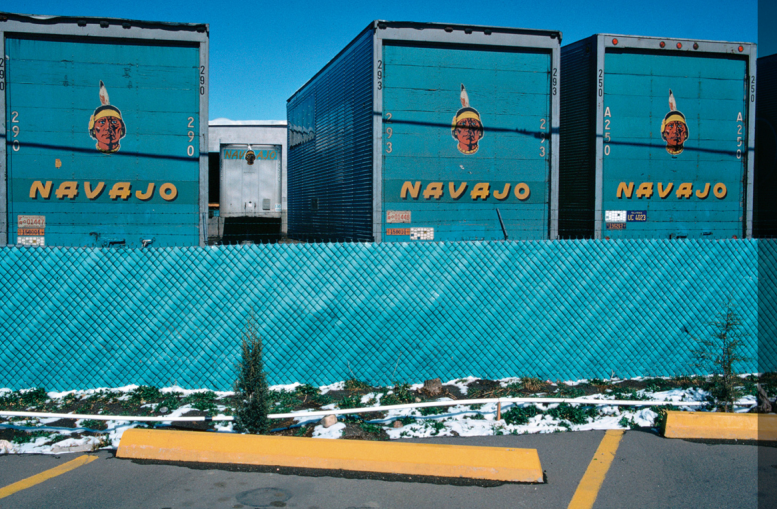 New Mexico, USA, 1975
New Mexico, USA, 1975
Ernst Haas was one of those rare photographers of the 20th century imbued with a certain poetical sensibility. Born in Vienna in 1921, Haas almost went into medicine, but his artistic inclinations led him to photography. Haas was soon invited into the famous Magnum photo agency, the first invitation by the agency's founder's Robert Capa, Henri Cartier-Bresson, George Rodger, and David Seymour. Haas, like William Eggleston, was one of the first adopters of color photography and is largely credited with changing the medium as an artform altogether. Ernst Haas was also profoundly prolific, traveling the world for assignments for magazines, but along the way he was building a personal portfolio of images the world has never seen – until now. Color Correction, a recently published monograph, exhibits a collection of never before seen photographs that are considered "far more edgy, loose, complex and ambiguous," and that Haas believed – in his own lifetime – people just wouldn't understand.
 New Mexico, USA, 1975
New Mexico, USA, 1975
On Photography: Philosophy by Haas
Photography is a bridge between science and art. It brings to science what it needs most, the artistic sense, and to art the proof that nothing can be imagined which cannot be matched in the counterpoints of nature. Through photography, both artist and scientist can find a common denominator in their search for the synthesis of modern vision in time, space and structure. We can write the chapters in a visual language whose prose and poetry will need no translation.
The camera only facilitates the taking. The photographer must do the giving in order to transform and transcend ordinary reality. The problem is to transform without deforming. He must gain intensity in form and content by bringing a subjective order into an objective chaos. Living in a time of the increasing struggle of the mechanization of man, photography has become another example of this paradoxical problem of how to humanize, how to overcome a machine on which we are thoroughly dependent....the camera....
In every arts there is poetry. In every human being there is the poetic element. We know, we feel, we believe. As knowers we are like the scientist relating through logical determination. As feelers, we are like poets relating the unrelated through intuition. As believers, we are only accepting our human limitations. The artist must express the summation of his feeling, knowing and believing through the unity of his life and work. One cannot photograph art. One can only live it in the unity of his vision, we well as in the breadth of his humanity, vitality, and understanding....
There is no formula – only man with his conscience speaking, writing, and singing in the new hieroglyphic language of light and time.
Text by Ernst Haas
Intro Text by Oliver Maxwell Kupper
Color Correction by Ernst Haas (Steidl)
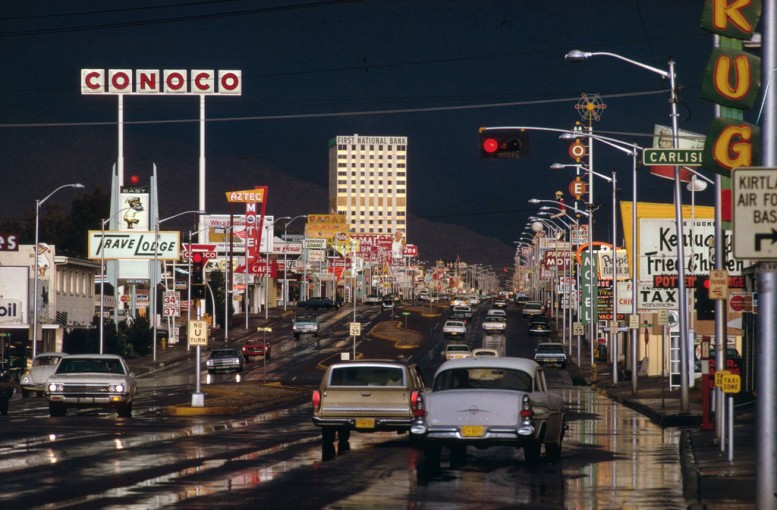 Route 66, Albuquerque, New Mexico
Route 66, Albuquerque, New Mexico
The Phoenix Hotel
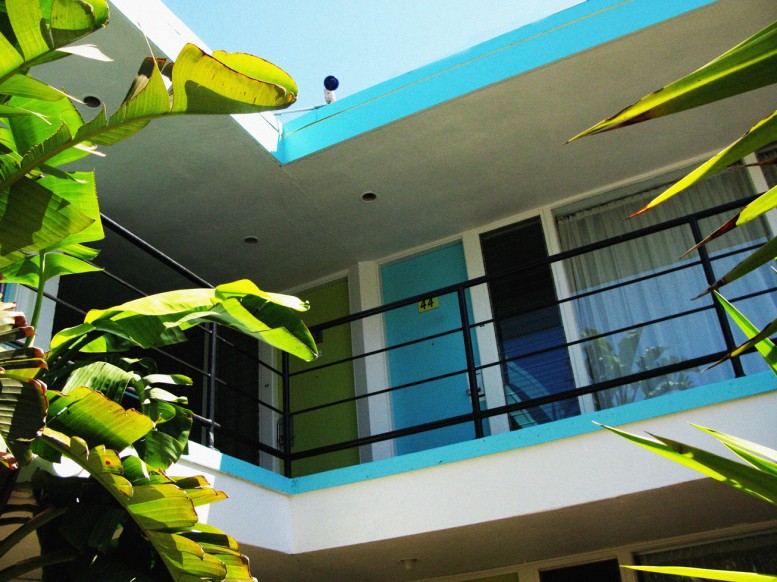

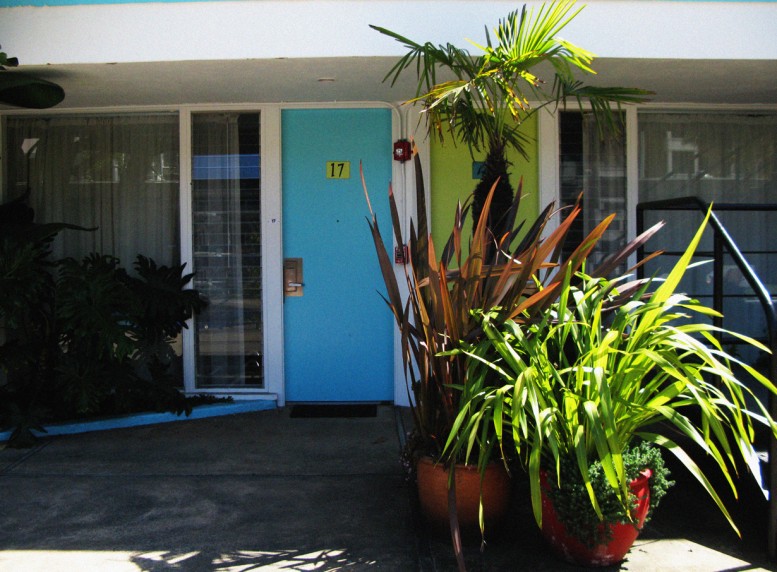
Location scouting: The Phoenix Hotel, a mid-century, kitsched out motor-lodge in the heart of the Tenderloin in San Francisco. Photography by Oliver Maxwell Kupper.
L'ART EST LA SOLUTION AU CHAOS
Shadow Play
Photography by Abbey Meaker
Are We There Yet?
Photography by CARLOS NUNEZ
Photography by Celine Garnier
The late LUCIAN FREUD & DAVID DAWSON in Beijing
The current exhibition at Faurschou Gallery in Beijing presents British painter Lucian Freud and his assistant David Dawson, who is himself a painter and a photographer. The exhibition juxtaposes one of Lucian Freud’s principal works – the masterpiece David & Eli (2003-4) – with ten photographs taken by David Dawson at Lucian Freud’s studio between 2004 -2006, giving us a unique glimpse into the every-day life of one the late great artist. On view until August 14, www.faurschou.com
Forbidden Fruit: Recently Acquired Photographs

Portland, OR—Charles A. Hartman Fine Art is pleased to present a group exhibition of several excellent recently acquired works. Selections Two includes new paintings and photographs by gallery artists as well as a number of modern and vintage pieces recently added to the gallery’s extensive inventory of photographic masterworks. Works by gallery artists Hayley Barker, Jason Langer, Daniel Robinson, Camille Solyagua, Eva Speer and Mark Steinmetz are presented alongside classic photographs by Manuel Alvarez Bravo, Frantisek Drtikol, André Kertész, Willy Ronis, Aaron Siskind, Josef Sudek, Brett Weston, Garry Winogrand and others. www.hartmanfineart.net
An Emergency in Slow Motion: The Inner Life of Diane Arbus
Diane Arbus, Sword Swallower
"Diane Arbus was one of the most brilliant and revered photographers in the history of American art. Her portraits, in stark black and white, seemed to reveal the psychological truths of their subjects. But after she committed suicide in 1971, at the age of forty-eight, the presumed chaos and darkness of her own inner life became, for many viewers, inextricable from her work....William Todd Schultz's An Emergency in Slow Motion reveals the creative and personal struggles of Diane Arbus. Schultz veers from traditional biography to interpret Arbus's life through the prism of four central mysteries: her outcast affinity, her sexuality, the secrets she kept and shared, and her suicide. He seeks not to diagnose Arbus, but to discern some of the private motives behind her public works and acts. In this approach, Schultz not only goes deeper into Arbus's life than any previous writer, but provides a template with which to think about the creative life in general." An Emergency in Slow Motion: The Inner Life of Diane Arbus is to be release on August 30th [.....]
Lena's Muse Nefedova
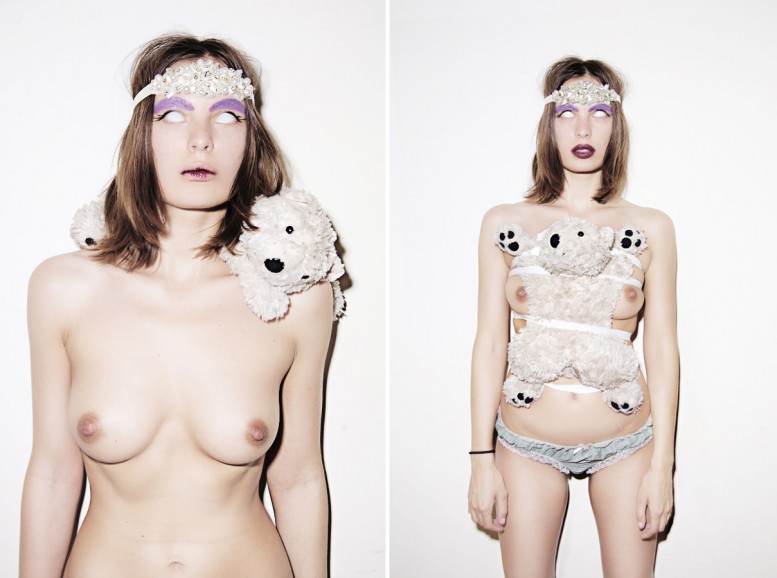
New photography by Moscow based Lena Vazhenina. Check out her spread in the first issue of AUTRE!
Self Portraits by Abbey Meaker
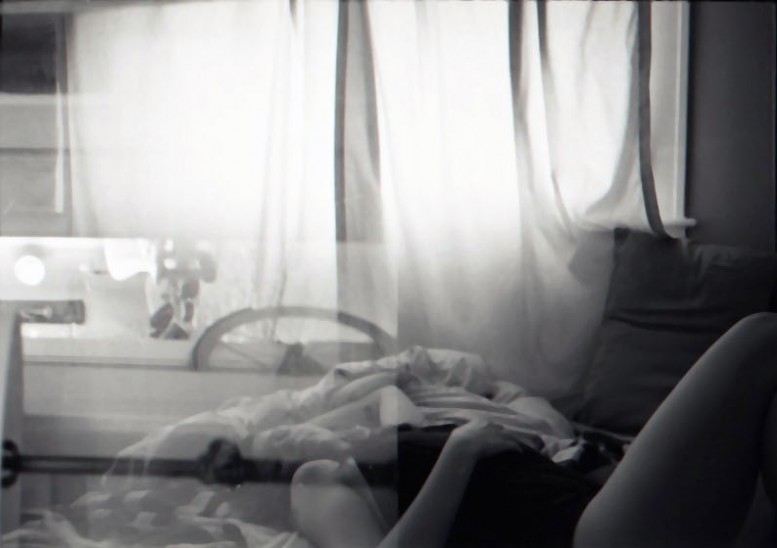
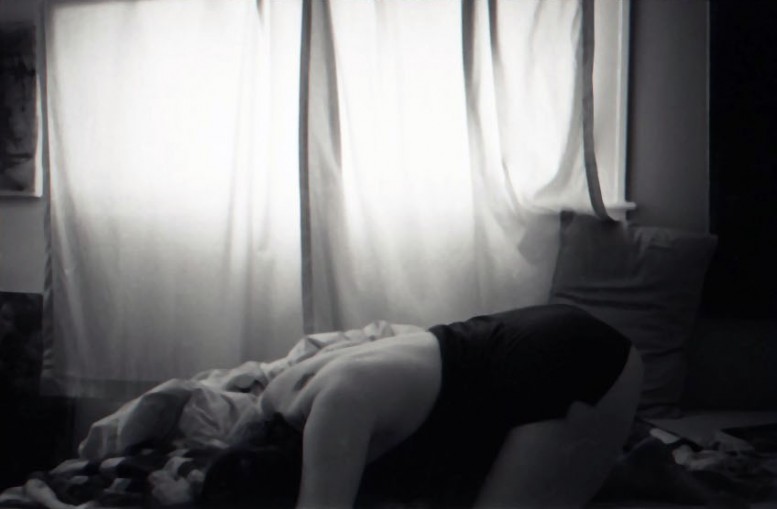
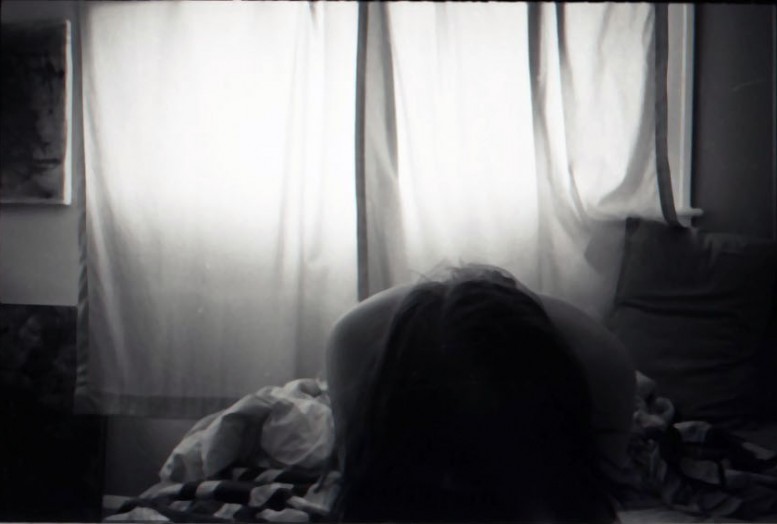
Let the blues run the game–an intimate moment with Abbey Meaker by Abbey Meaker in her new series of self portraits. Abbey's photographs have a supercharged romantic auto-erotism that beckons, in a sincerely unremorseful reflection of lust and loss, a visual treatise that summons grainy, black and white visions of a restless Eros in her boudoir. www.abbeymeaker.com
Text by Oliver Maxwell Kupper
[Photography] Joanna Pallaris
The Photographic Album of Joan Colom
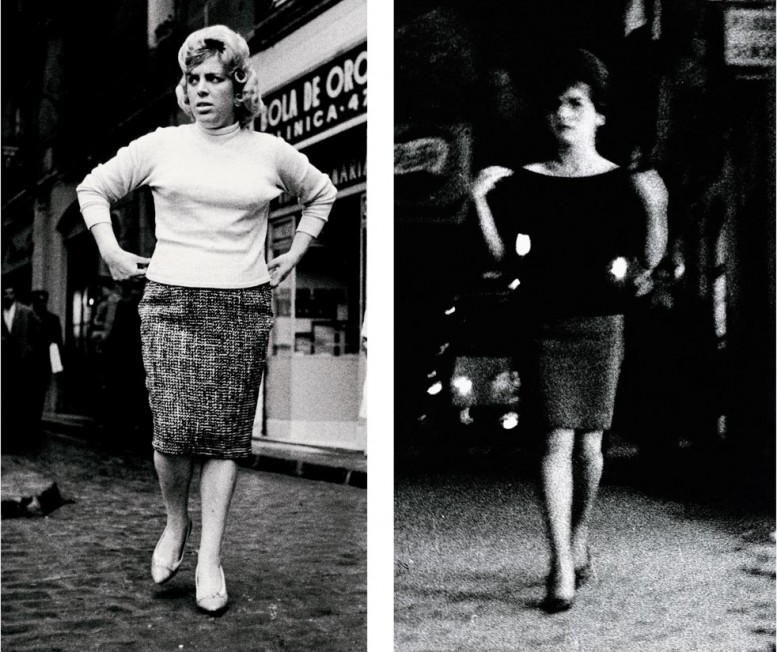
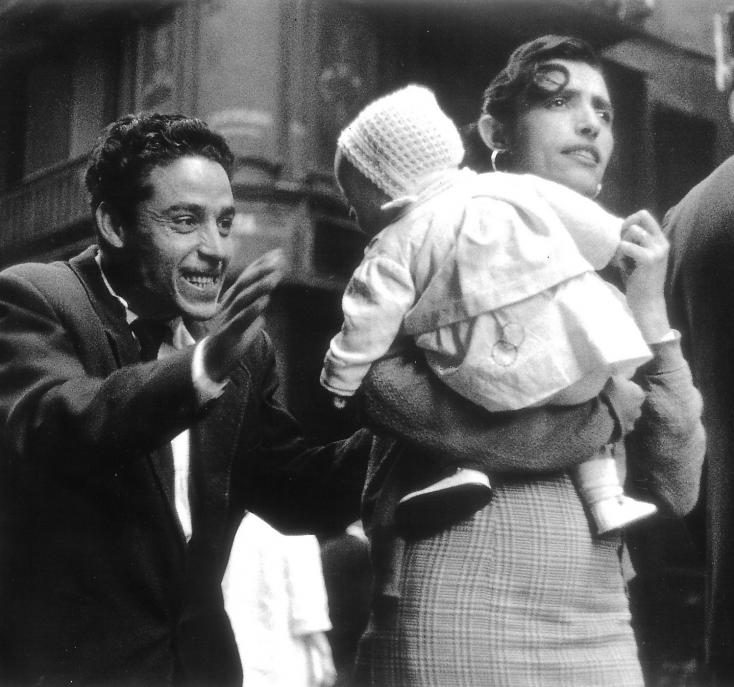
Joan Colom was born in Barcelona in 1921. Following military service, he became an accountant in a firm where he stayed until his retirement in 1986. But at the age of 36 he also developed a passion for photography, joining the Photographic Association of Catalonia where he very quickly learnt the technical skills that helped him in his atypical career. Colom is considered one of the most important photographers of the 50s and 60s and one of the greatest documentalists of everyday life in Barcelona. With both passion and respect, his series gave expression to the spirit of Barcelona’s Raval district and became one of the most exceptional photography essays of the time. An exhibition at the Fundació Foto Colectania in Barcelona presents for the first time to the public an unedited album, which includes some of the author's favorite photographs, selected and arranged by him in a graphic sequence of great impact. On view until October 29 www.colectania.es
David Mushegain X Alia Penner
Some close ups of artist Alia Penner's collaboration with photographer David Mushegain for a collage at the Colette store in Paris. Alia also designed the invitation for the Autre launch party in Paris happening tomorrow at le Carmen. www.aliapenner.com
LIEKO SHIGA: CANARY


